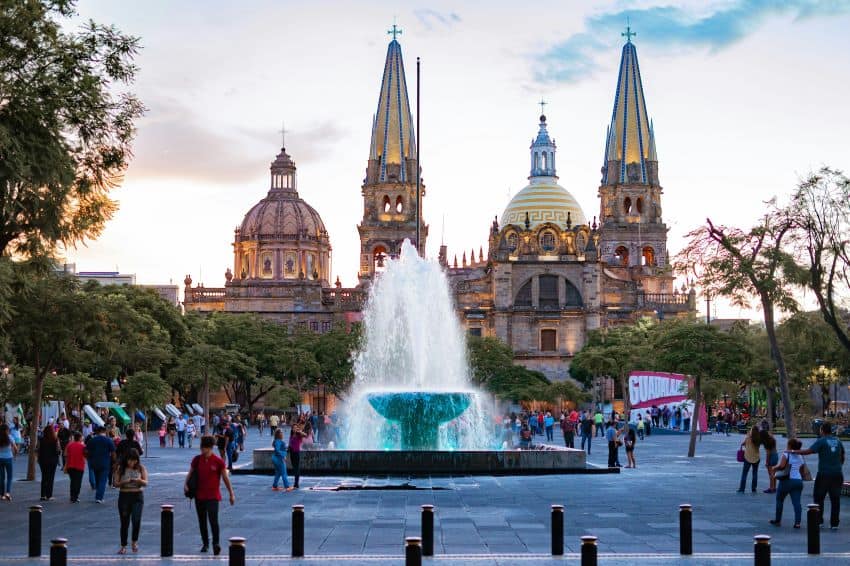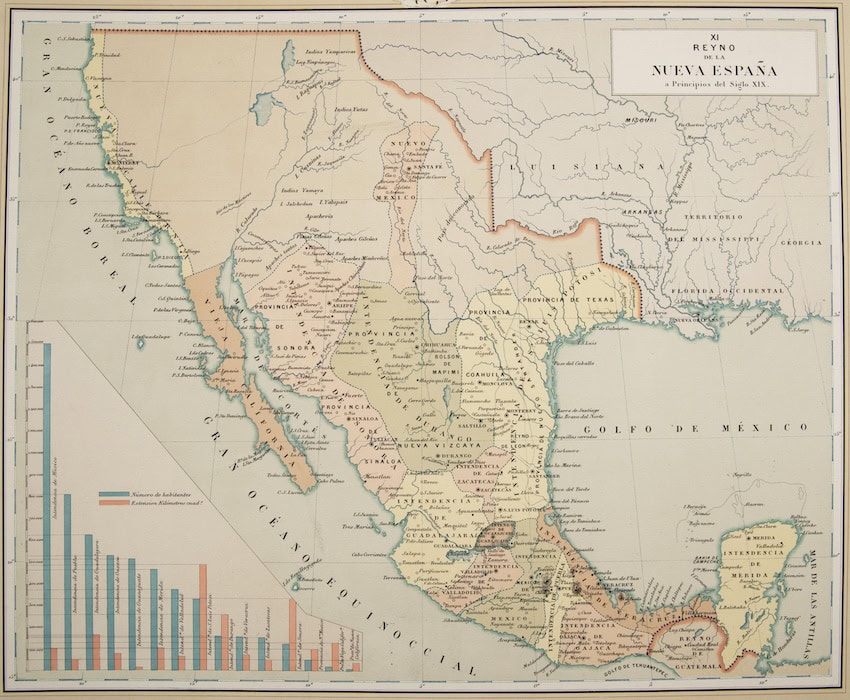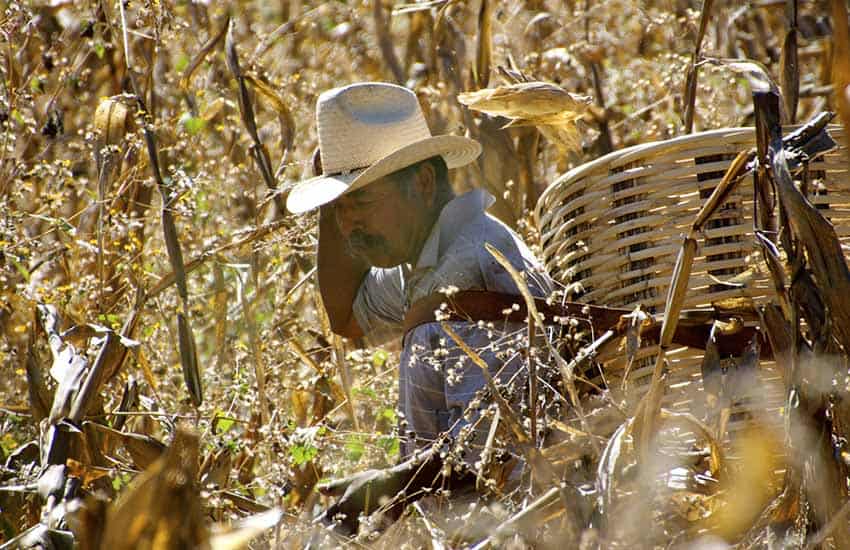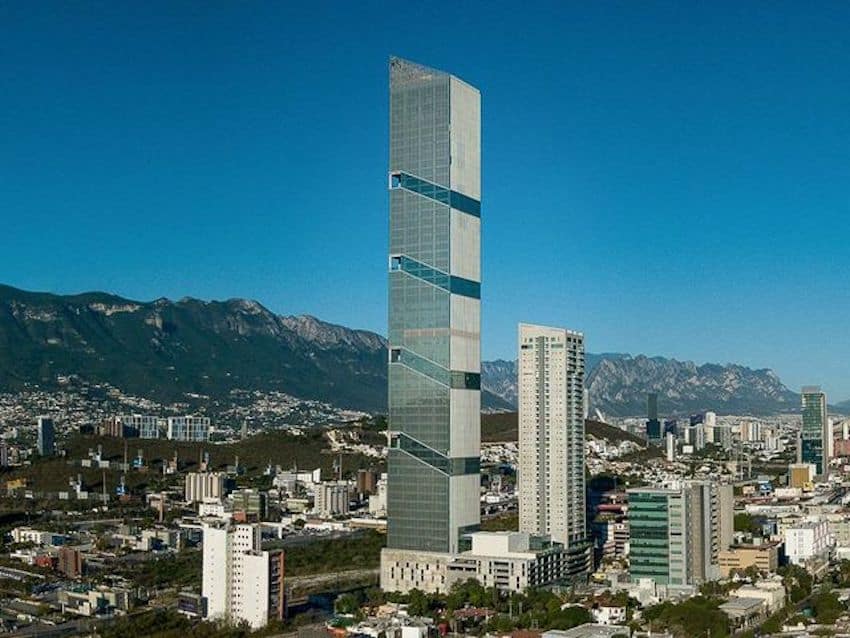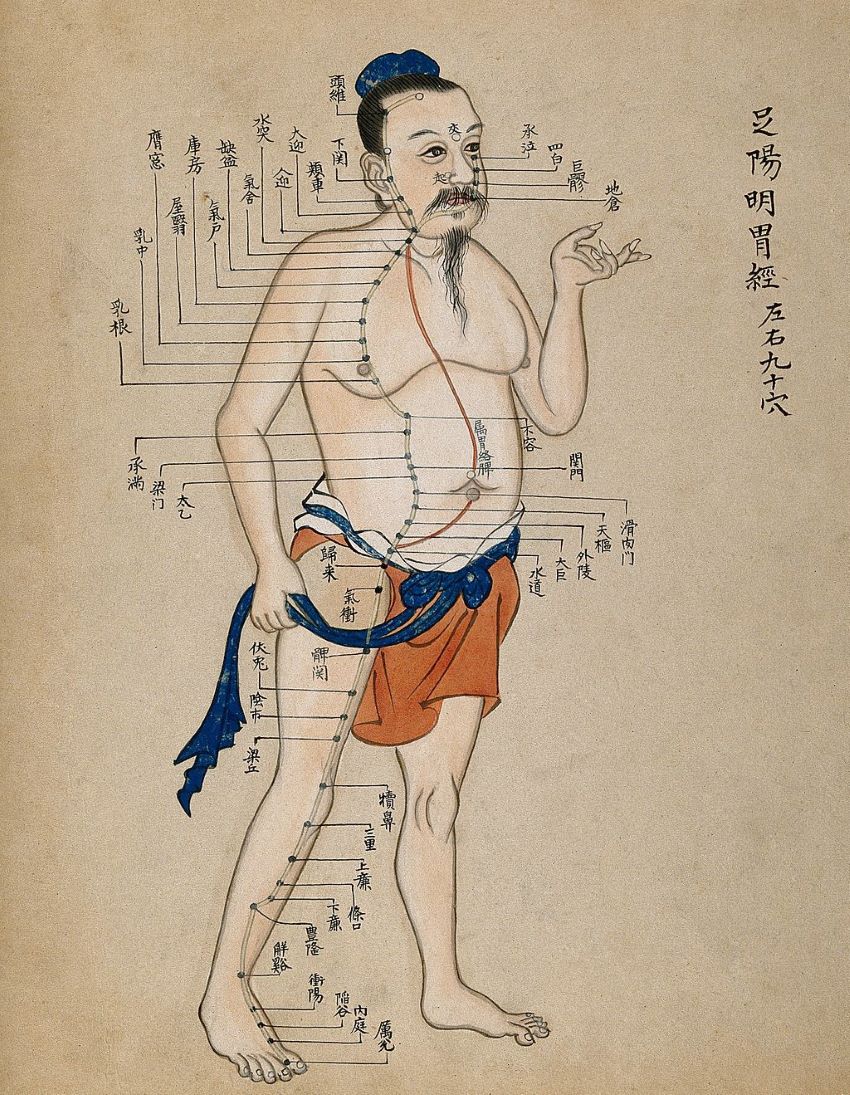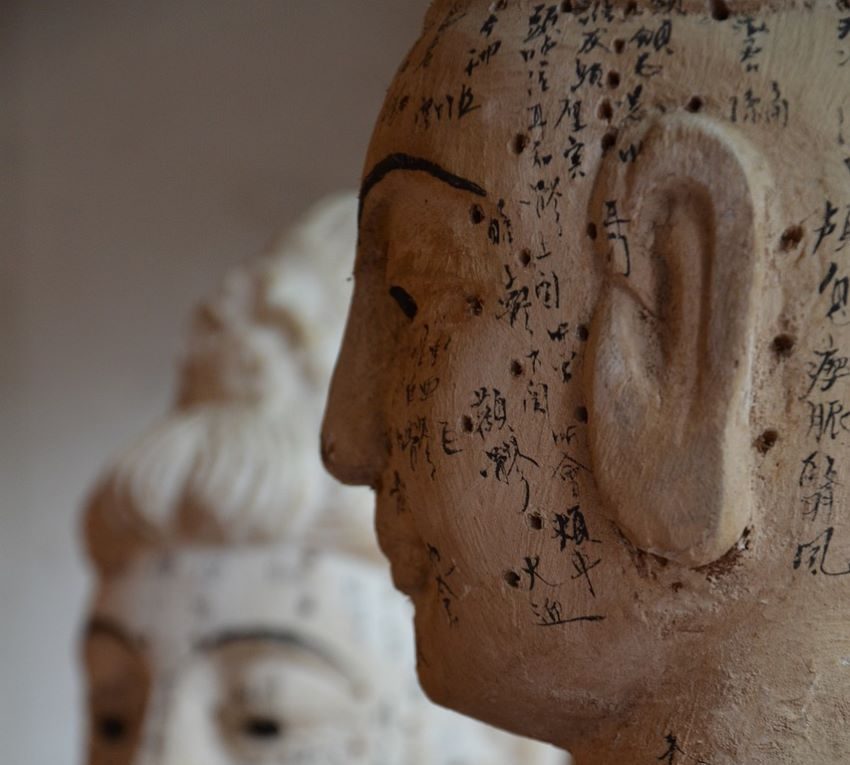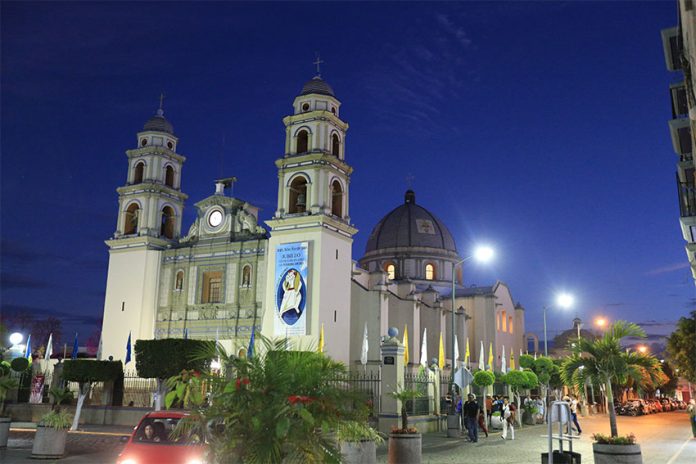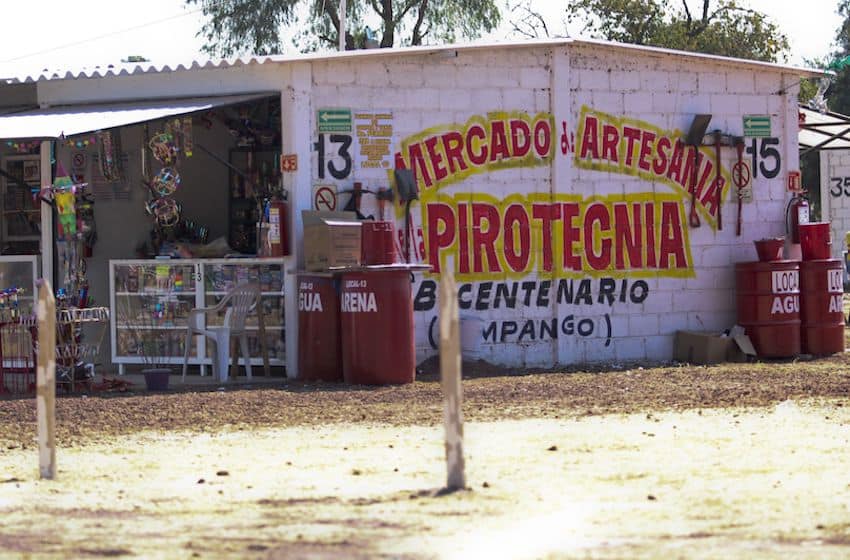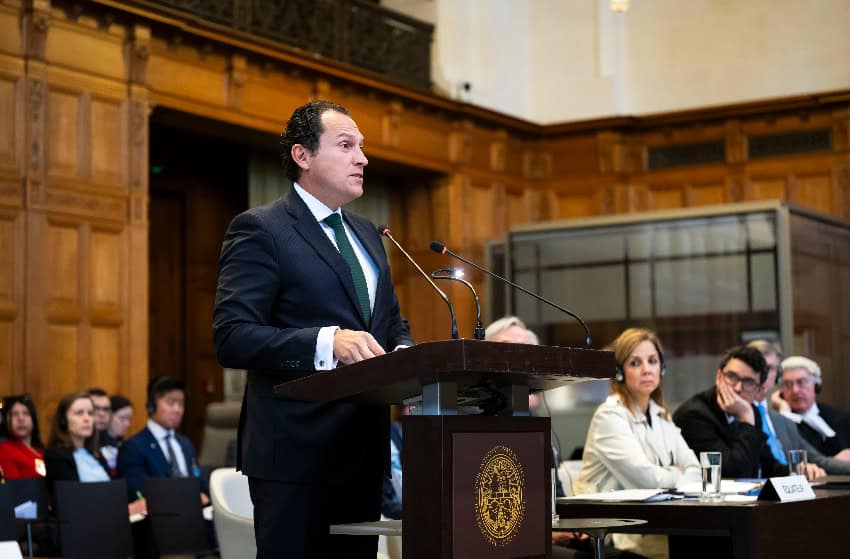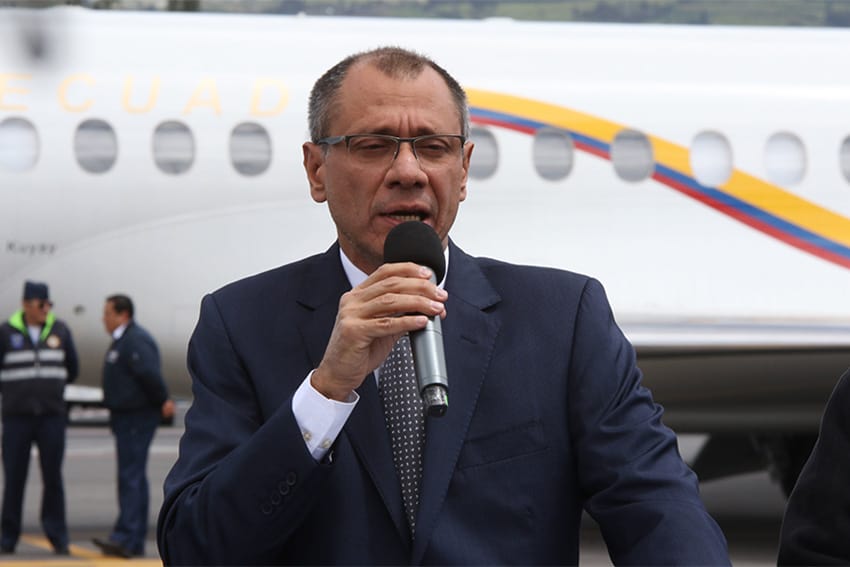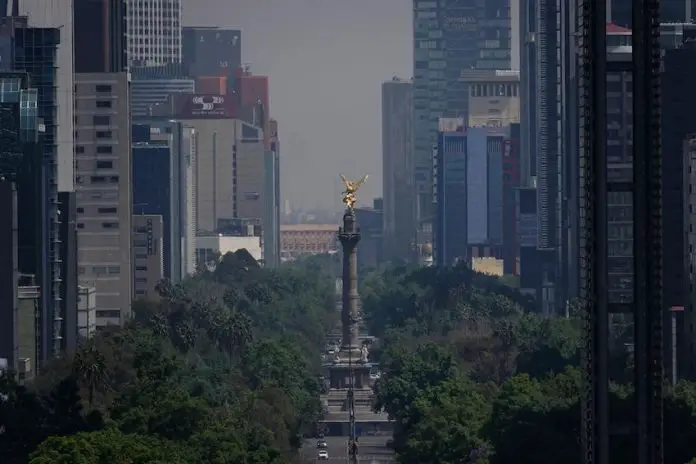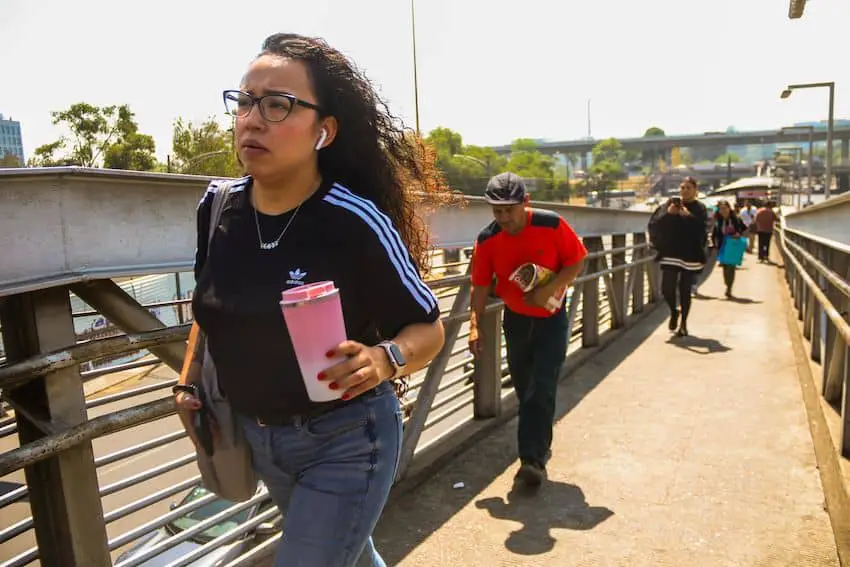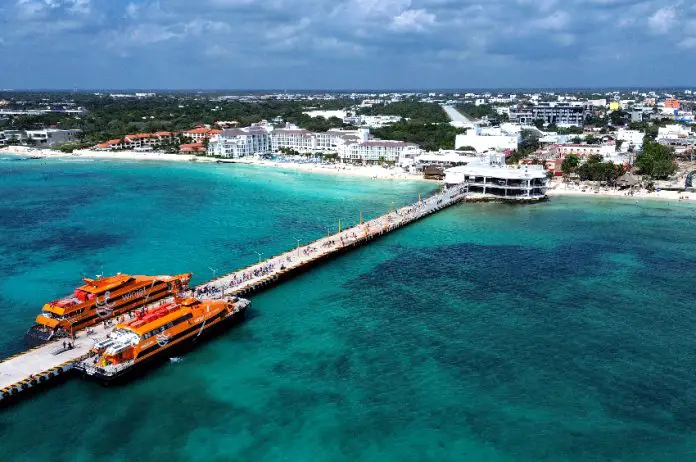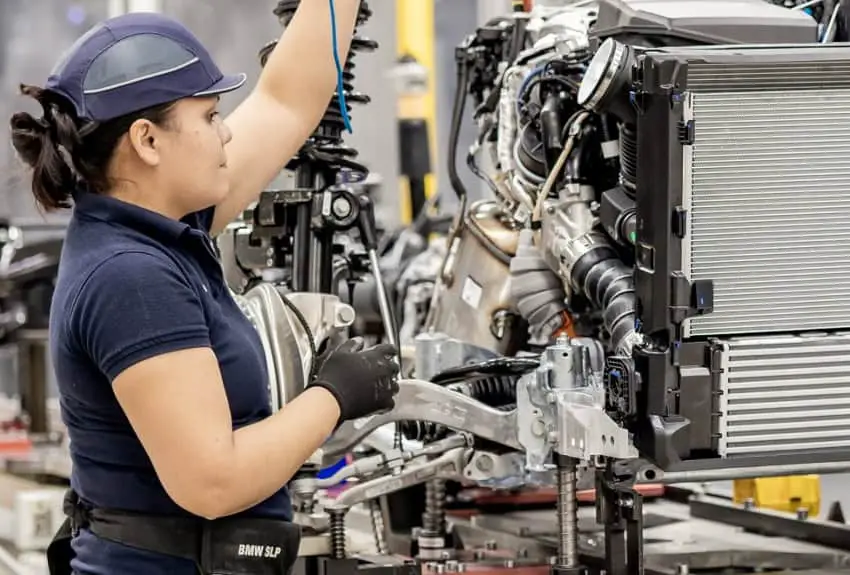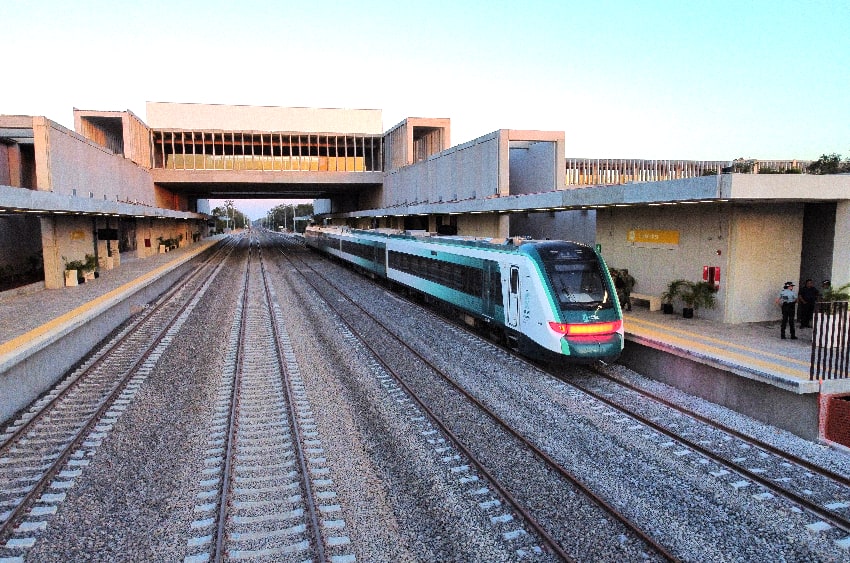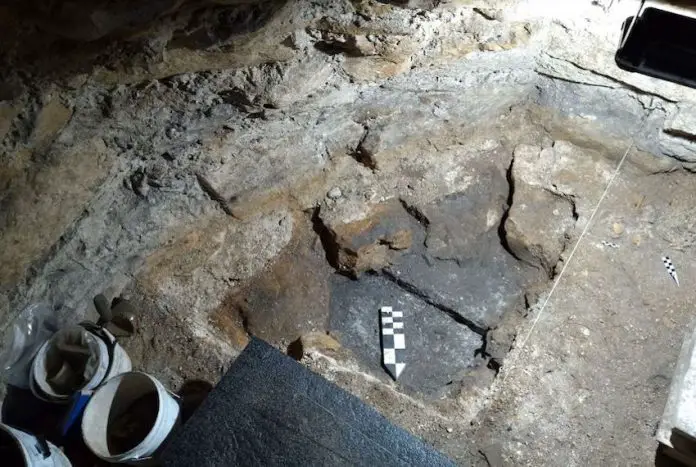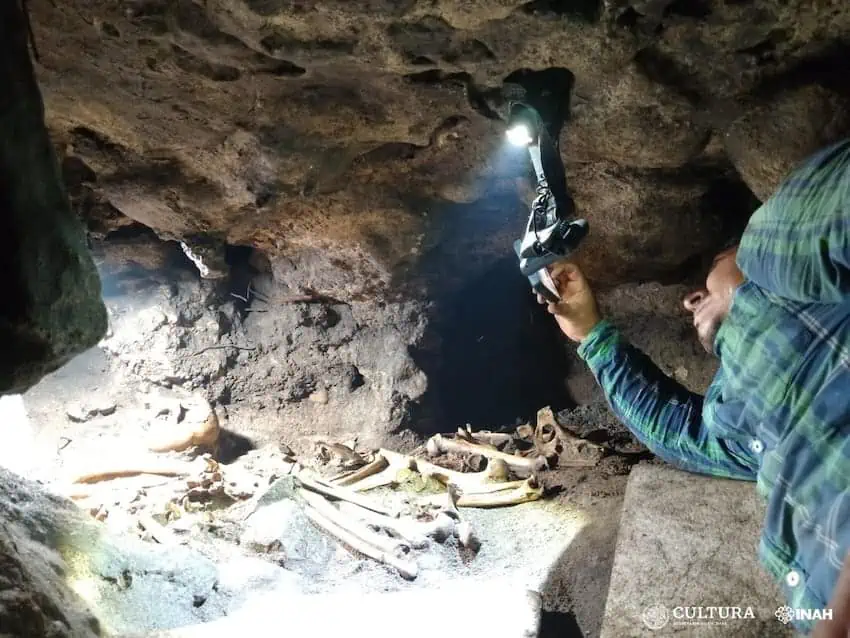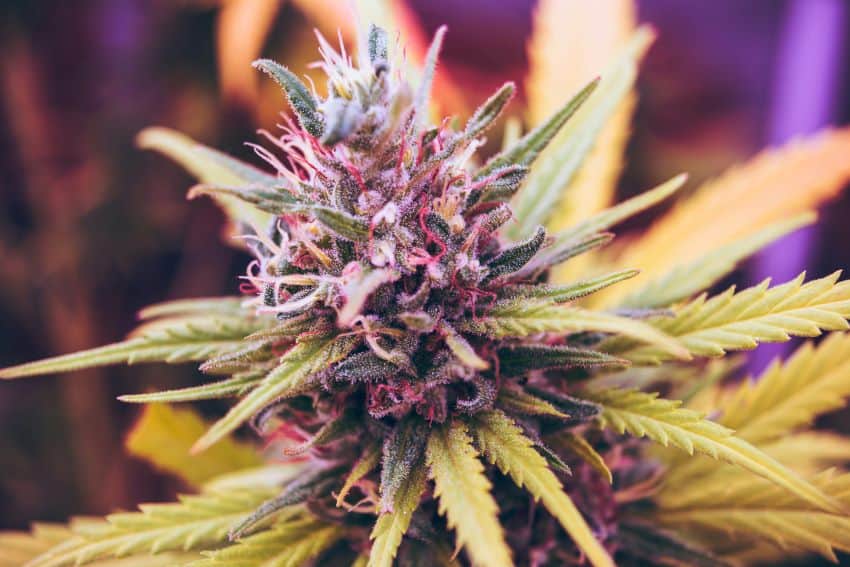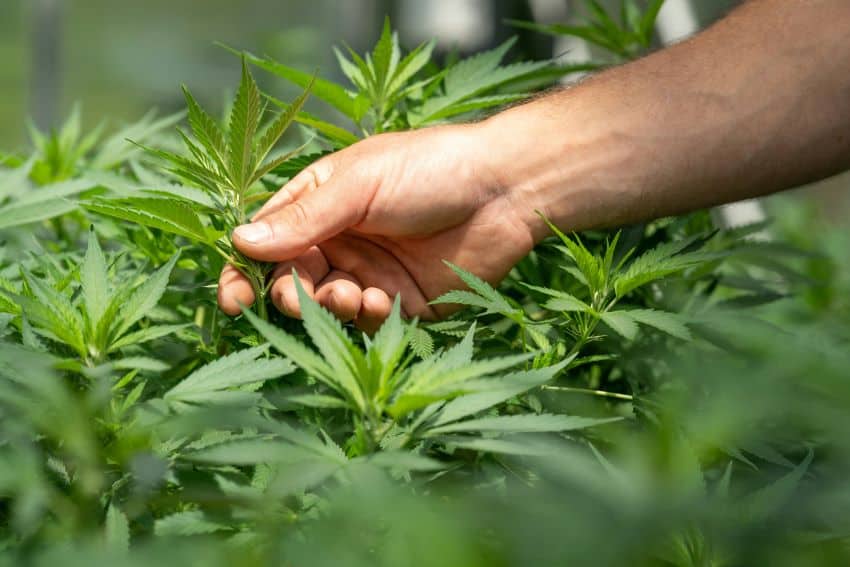Mexican and Australian news sources are reporting that three Mexicans have been detained in connection with the disappearance of three foreign tourists in Baja California who had failed to contact family since last weekend and who had not reached accommodations booked in Rosarito.
Australian brothers Jake and Callum Robinson and their American friend, Jack Carter Rhoad, all aged in their early 30s, were reported missing by the Australians’ mother on Wednesday.

They apparently disappeared after a surfing and camping trip to Punta San José, a beach south of Ensenada. They were traveling in a white Chevrolet Colorado pickup truck with license plates from the U.S. state of California.
“Reaching out to anyone who has seen my two sons,” Debra Robinson said in a Facebook post to the Talk Baja group on Wednesday. “They have not contacted us since Saturday 27th April.”
“They are traveling with another friend, an American citizen,” Robinson wrote. “They were due to book into an Airbnb in Rosarito after their camping weekend, but they did not show up. Callum is a Type 1 diabetic, so there is also a medical concern. Please contact me if you have seen them or know their whereabouts.”
As of Thursday afternoon, Mexican law enforcement authorities hadn’t publicly commented on the men’s disappearance. However, a Mexican journalist told the Australian Broadcasting Corporation (ABC) that a woman was detained just south of Ensenada in the town of Maneadero, in possession of one of the men’s phones.
“A woman … about 25 years old … was detained in possession of it,” Mario Muñoz said, citing police sources.
Citing local media, the ABC also said that Mexican authorities had discovered that one of the missing trio’s phones had been switched on “around an hour’s drive” from “where the men were last seen.” The authorities reportedly became aware of that information while searching for the men around La Bocana, a coastal location about 70 kilometers south of Ensenada.

On Thursday, Australia’s 9 News reported that one of its reporters had been told by Baja California Attorney General María Elena Andrade that the number of people arrested in connection with the case was now up to three — including the woman found with a phone belonging to one of the three missing men. According to 9 News, Andrade said that investigations were focusing on three abandoned tents discovered south of the Ensenada region.
The Mexican newspaper La Zeta Tijuana reported that blood and human remains had been found in a tent in La Bocana. However, no other news outlets appeared to have reported that information.
According to the Reforma newspaper, the government of Ensenada, Baja California, said that it had requested local authorities to conduct an “urgent search” for the three missing men in the southern areas of the Ensenada municipality.
Social media posts abruptly stopped
The ABC reported that the Australian men had been posting social media updates from “what looked like an epic surf trip” in Baja.
However, they “went quiet on Saturday,” the broadcaster said.
“Callum lives over in America, and Jake was visiting, and they sort of posted fairly regularly about their trip up until the weekend,” a friend of the two men told ABC Radio in Perth, where the brothers hailed from.
“Obviously, friends and family are quite concerned,” said the friend.
According to a missing persons poster disseminated online by family and friends, the Robinson brothers and Carter Rhoad were last seen on Sunday near the K-38 surf spot south of Rosarito.
“They did not check into their Airbnb near K-38 and Callum did not return to work in San Diego as scheduled,” the poster says.
However, reports said that the last time the men were seen was in fact in Santo Tomás, a town more than 100 kilometers south of Rosarito.

Callum Robinson reportedly moved to the United States to play lacrosse at college. His brother, a doctor, studied medicine at a university in Perth.
In a post to Facebook, Lacrosse Australia said it “joins with the rest of the Australian lacrosse family in expressing its concerns over the whereabouts of Australian lacrosse star Callum Robinson, Callum’s brother Jake and their friend, Jack Carter Rhoad who have been missing since 27 April in the Rosarito/Ensenada region of Baja California Norte, Mexico.”
“… If anyone in the U.S. or Mexico has information which can help, please contact your local law enforcement agency.”
Two Australian surfers, Dean Lucas and Adam Coleman, were killed in Sinaloa in 2015. Their bodies were found in their burned-out van.
With reports from ABC, 9 News and The Sydney Morning Herald


